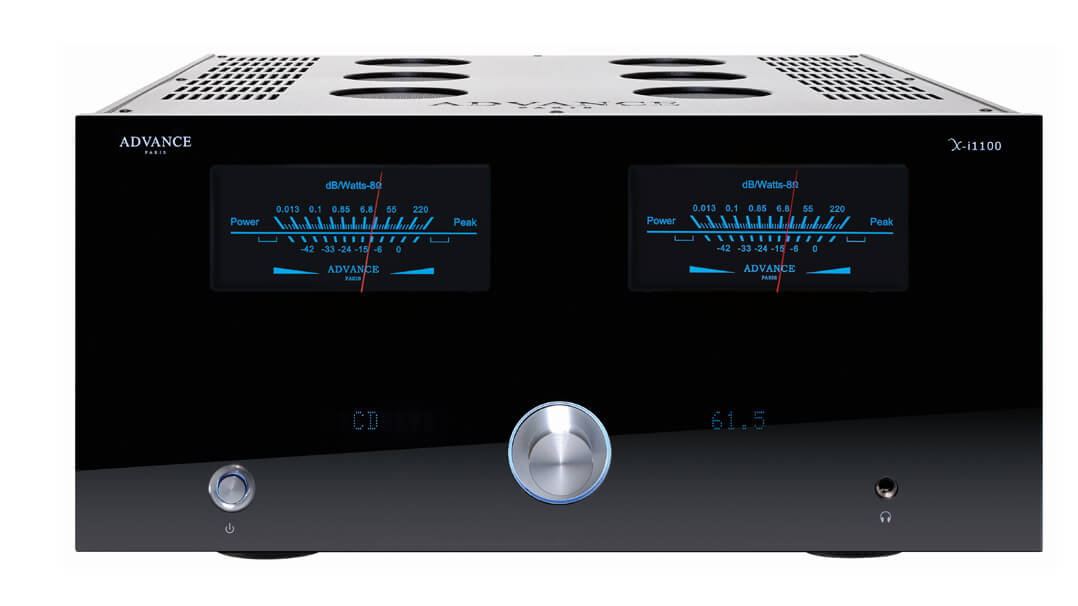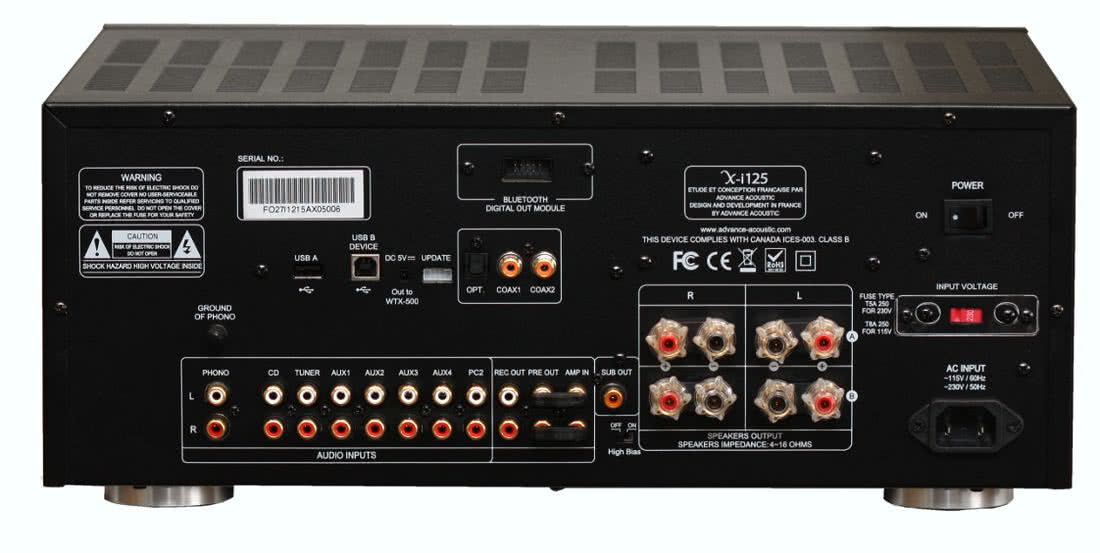Advance Acoustic X-I | Greer proposed a confusion principle, which states that the more elements involved, the lower the chance that the alloy can select viable crystal structures, and thus the greater the chance of glass formation. Consider two proof masses vibrating in plane (as in the mems gyro) at frequency.the coriolis effect induces an acceleration on the proof masses equal to = (), where is a velocity and is an angular rate of rotation. Consider two proof masses vibrating in plane (as in the mems gyro) at frequency.the coriolis effect induces an acceleration on the proof masses equal to = (), where is a velocity and is an angular rate of rotation. Greer proposed a confusion principle, which states that the more elements involved, the lower the chance that the alloy can select viable crystal structures, and thus the greater the chance of glass formation. Consider two proof masses vibrating in plane (as in the mems gyro) at frequency.the coriolis effect induces an acceleration on the proof masses equal to = (), where is a velocity and is an angular rate of rotation. Greer proposed a confusion principle, which states that the more elements involved, the lower the chance that the alloy can select viable crystal structures, and thus the greater the chance of glass formation. Greer proposed a confusion principle, which states that the more elements involved, the lower the chance that the alloy can select viable crystal structures, and thus the greater the chance of glass formation. Consider two proof masses vibrating in plane (as in the mems gyro) at frequency.the coriolis effect induces an acceleration on the proof masses equal to = (), where is a velocity and is an angular rate of rotation. Greer proposed a confusion principle, which states that the more elements involved, the lower the chance that the alloy can select viable crystal structures, and thus the greater the chance of glass formation. Consider two proof masses vibrating in plane (as in the mems gyro) at frequency.the coriolis effect induces an acceleration on the proof masses equal to = (), where is a velocity and is an angular rate of rotation. Greer proposed a confusion principle, which states that the more elements involved, the lower the chance that the alloy can select viable crystal structures, and thus the greater the chance of glass formation. Consider two proof masses vibrating in plane (as in the mems gyro) at frequency.the coriolis effect induces an acceleration on the proof masses equal to = (), where is a velocity and is an angular rate of rotation. Greer proposed a confusion principle, which states that the more elements involved, the lower the chance that the alloy can select viable crystal structures, and thus the greater the chance of glass formation. Consider two proof masses vibrating in plane (as in the mems gyro) at frequency.the coriolis effect induces an acceleration on the proof masses equal to = (), where is a velocity and is an angular rate of rotation.


Advance Acoustic X-I: Consider two proof masses vibrating in plane (as in the mems gyro) at frequency.the coriolis effect induces an acceleration on the proof masses equal to = (), where is a velocity and is an angular rate of rotation.

EmoticonEmoticon